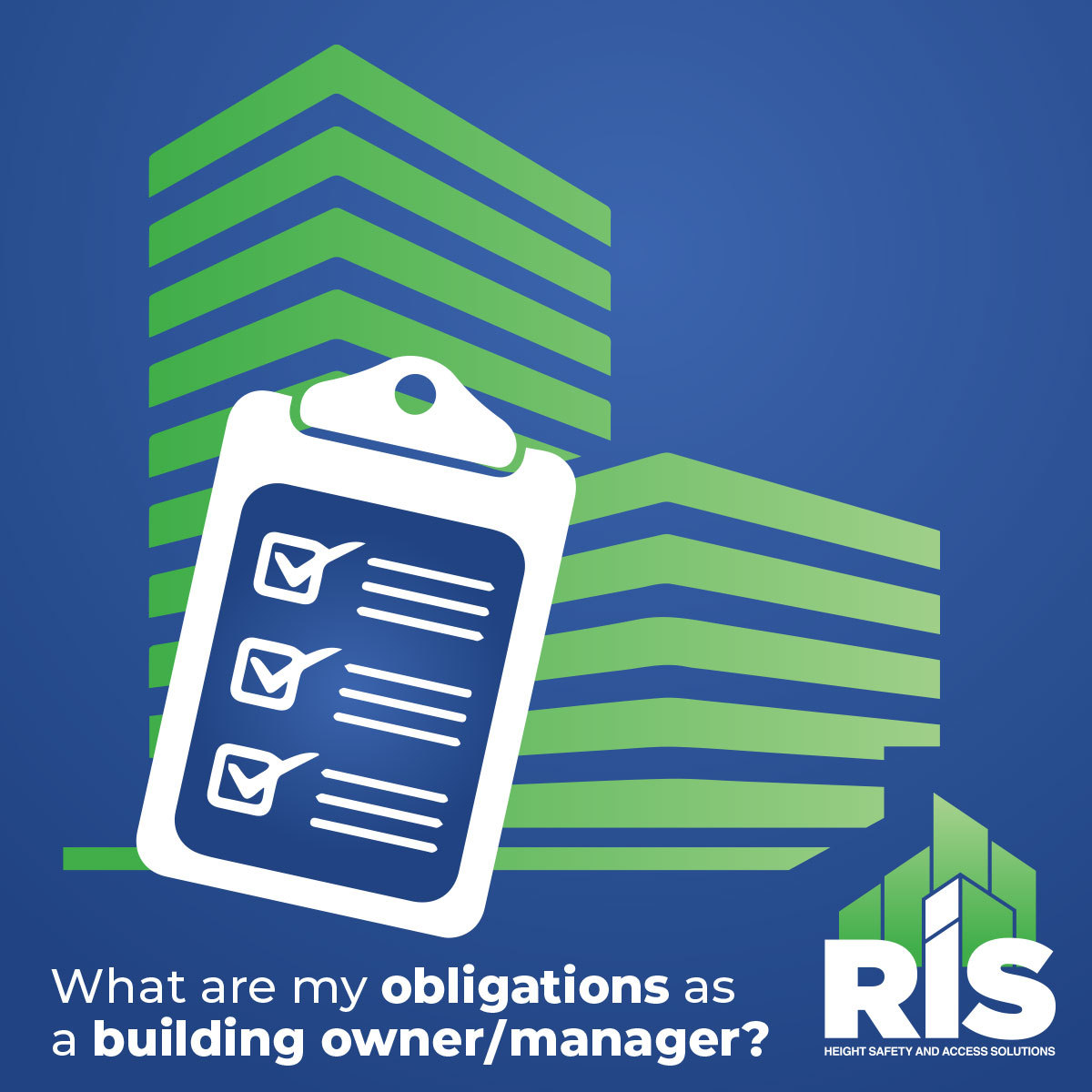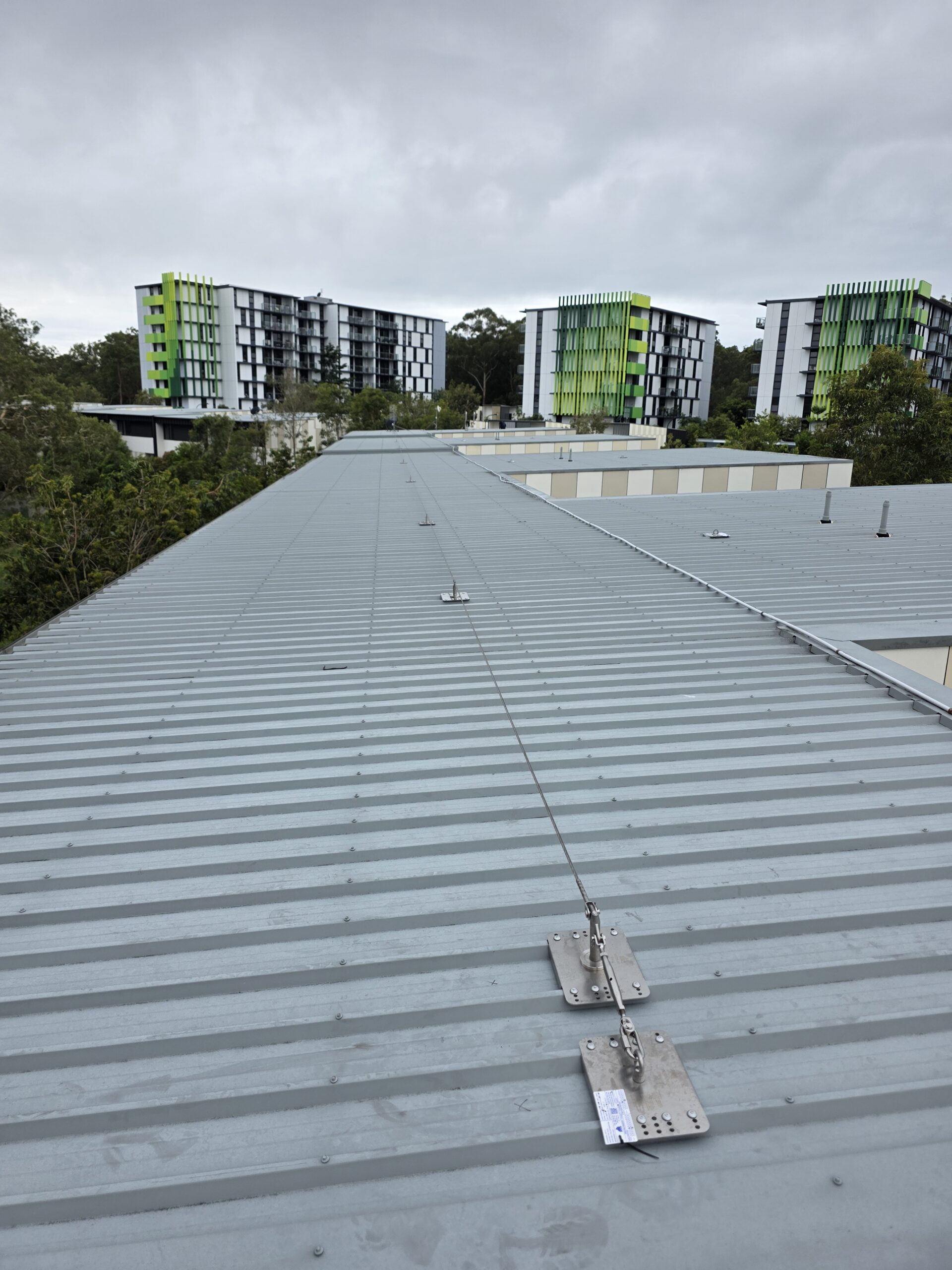Making employers and PBCUs accountable for workplace safety, including height safety in Australia, is a major step towards mitigating risks and reducing tragedies in Australian workplaces.
A new benchmark was recently set for Australian Workplace Safety Liability when a WA building company director was sentenced to a prison term after the death of a worker and another’s serious injury due to worksite falls from height.
The WA Case
The director of a WA-based shed company has become the first person to be sentenced to imprisonment under the state’s Workplace Safety & Health Laws. This followed the 2020 death of one young worker and the serious injury of another, both as a result of preventable falls from height.
The 2020 incident occurred when two workers were working at height, without safety control measures in place, while installing roof sheets onto an agricultural machinery shed. A strong wind lifted a roof sheet and both workers fell more than seven metres. One worker suffered fatal injuries, while the other experienced multiple fractures, including of the pelvis, hip, ribs, and wrist.
The director of the construction company concerned was found to be culpable and plead guilty to all seven charges, including:
- Gross negligence for which the company was fined $550,000
- Consent to gross negligence attributable to neglect (for which he was jailed)
- Failure of the director and workers to hold High-Risk Work Licenses
- Allowing a construction worker to work without a Construction Induction Training Certificate
- Other breaches of WA Occupational Safety & Health Regulations
The fines handed down in this case, both personal and for the company, were the highest allowable and the prison term of 26 months is the longest ever imposed in Australia for a work health and safety offence.
Workplace Height Safety – Responsibilities and Liabilities
Workplace safety is the responsibility of managers, directors, and any persons conducting business or undertaking (PCBUs). They must provide a demonstrably safe workplace and incorporate and oversee risk mitigation protocols and practices.
Working at heights is a high-risk activity and a leading contributor to workplace injury and fatality in Australia.
Australian PCBUs have specific obligations and roof safety equipment and working at heights practices Australia-wide are governed by the Work Health and Safety Act 2011.
Australian Legislation
Safe Work Australia is the national policy body responsible for the development and evaluation of the model WHS laws which were developed in 2011. Safe Work Australia is responsible for maintaining these laws, however, it does not enforce or regulate them – they must instead be implemented and regulated separately by the Commonwealth and the States.
The model WHS Law comprise:
i. The model WHS Act
ii. The model WHS Regulations
iii. model Codes of Practice
Laws and Regulations are state-specific, and state regulators monitor and enforce compliance with these laws.
To better understand the legal framework in Australia relating to the applicable Acts, Regulations, and Standards, the HIA (Housing Industry Australia) provides a good summary here.
Some of the Australian Standards & Industry Codes relating to roof safety and height safety include:
- AS/NZS 1891.1 Part 1: Safety Belts and Harnesses
- AS/NZS 1891.2 Part 2: Horizontal Lifeline and Rail Systems
- AS/NZS 1891:3 Part 3: Fall Arrest Devices
- AS/NZS 1981.4 Part 4: Selection, Use and Maintenance of Industrial Fall Arrest Systems and Devices
- AS/NZS 5532 Manufacturers requirements for single-point anchors
- AS1657:2018 Fixed Platforms, Walkways, Stairways and Ladders
- AS2625 Safe Working in a Confined Space
- AS/NZS 4488 Industrial Rope Access Systems
Your Role
As a director, manager, site foreman, or other PCBU, you must implement and govern the use of the appropriate height safety equipment needed for your premises to maintain compliance.
For example:
- Fall prevention equipment is required for working at heights of 2 metres or more above ground level.
- Eliminate trip hazards with roof walkways where feasible.
- If workers must access within 2 metres of a fall hazard, you must implement guardrails, fall arrest systems, or static line systems.
What Can You Do?
- Ensure all PCBUs and workers, including contractors, are appropriately trained and hold relevant up-to-date certifications. Validate training and confirm the competency of your entire team
- Conduct risk assessments for all practices and conduct internal reviews.
- Implement and manage the appropriate workplace safety protocols and practices, including for roof safety and working at height.
- Work to the conditions, including tracking weather events.
- Maintain active supervision of your worksite for compliance.
- Implement fit-for-purpose equipment for securing items and fall prevention/arrest systems and ensure the entire workforce knows how to find, check, and use it – and that they do so.
- Partner with a leading roof safety specialist for premium roof anchor points, roof walkway systems, aluminium handrails and more.
RIS Height Safety and Access Solutions is an industry leader for height and roof safety across a vast pool of industries in Australia. Our core values are:
- Protection
- Safety
- Team
- Solutions
- Quality
With branches across Australia, we have the capability to complete projects throughout Australia. We are here to provide expertise and superior solutions for roof safety including:
- Site Audits
- System Design
- Engineered Solutions
- Façade access systems
- Roof Anchor Points
- Walkway Systems
- Handrail Solutions
- Ladder Systems
- Davit Arms
- Stairs
- PPE
- Safety Nets
- Platforms & Gantries
- Roof Safety Systems
- Access Hatches
- Height Safety Equipment
- Installation
- Site Inspection
- Height Safety Training
Protect your workers and your business – contact us now.



